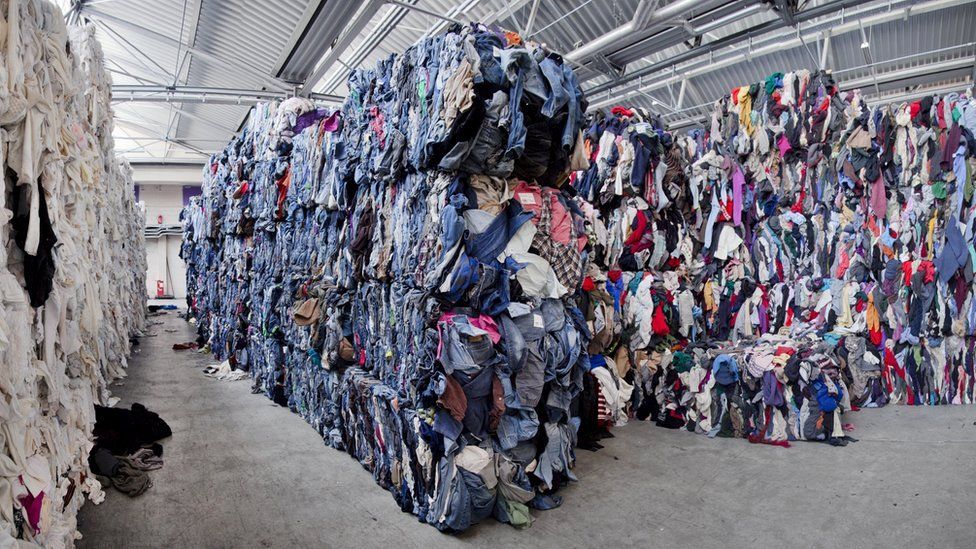Sustainability June 28, 2019



Fast fashion has swooped in and taken the world by storm, and why wouldn’t it?
It’s cheap and trendy. However, it also negatively impacts the environment, and the fashion industry noticed. Now, sustainability is the route to pursue. As of May 2018, 12.5 percent of the global fashion market has pledged to make changes by 2020.
But, why is the market going down the sustainable fashion route?
Sustainable fashion means prioritizing environmentally friendly practices throughout production. It means the clothing produced is safe for the environment; avoiding any materials containing harmful chemicals. Also, this process requires less water consumption and decreases waste.
Sustainable fashion focuses on the longevity of products and assures customers the product is high quality and will last them. This prevents people from discarding clothing simply because the quality of clothing isn’t good. Meaning you’re getting your money’s worth! It also means if you do decide to discard it, the chemicals used won’t threaten aquatic life or the environment.


The fashion industry accounts for an estimated eight percent of the world’s greenhouse gas emissions, making fashion one of the highest polluting industries in the world. In the textile processes, approximately 2,000 different chemicals are used. Unfortunately, the Environmental Protection Agency (EPA) approves only 16.
Thanks to fast-fashion, fashions’ carbon footprint will skyrocket by more than 60 percent to nearly 2.8 billion tons per year by 2030.
Everyone loves a good bargain, and fast-fashion fulfills consumer satisfaction by providing cheap and trendy goods. While this doesn’t cost consumers much, the real cost lies within the pitiful wages for Bangladesh’s legion of factory workers.
Bangladesh is the leading fast-fashion producer, behind China, according to Post Magazine. Factory workers are getting a minimum wage of $68 per month but as a child factory worker describes it, “They are getting the minimum wage as per legal requirements but they are not getting a living wage.”
Many business owners believe that there is a low consumer desire to pay more for sustainable goods, however, sixty percent of millennials say they want to shop more “sustainably.”
Maybe the future doesn’t seem so bleak after all.